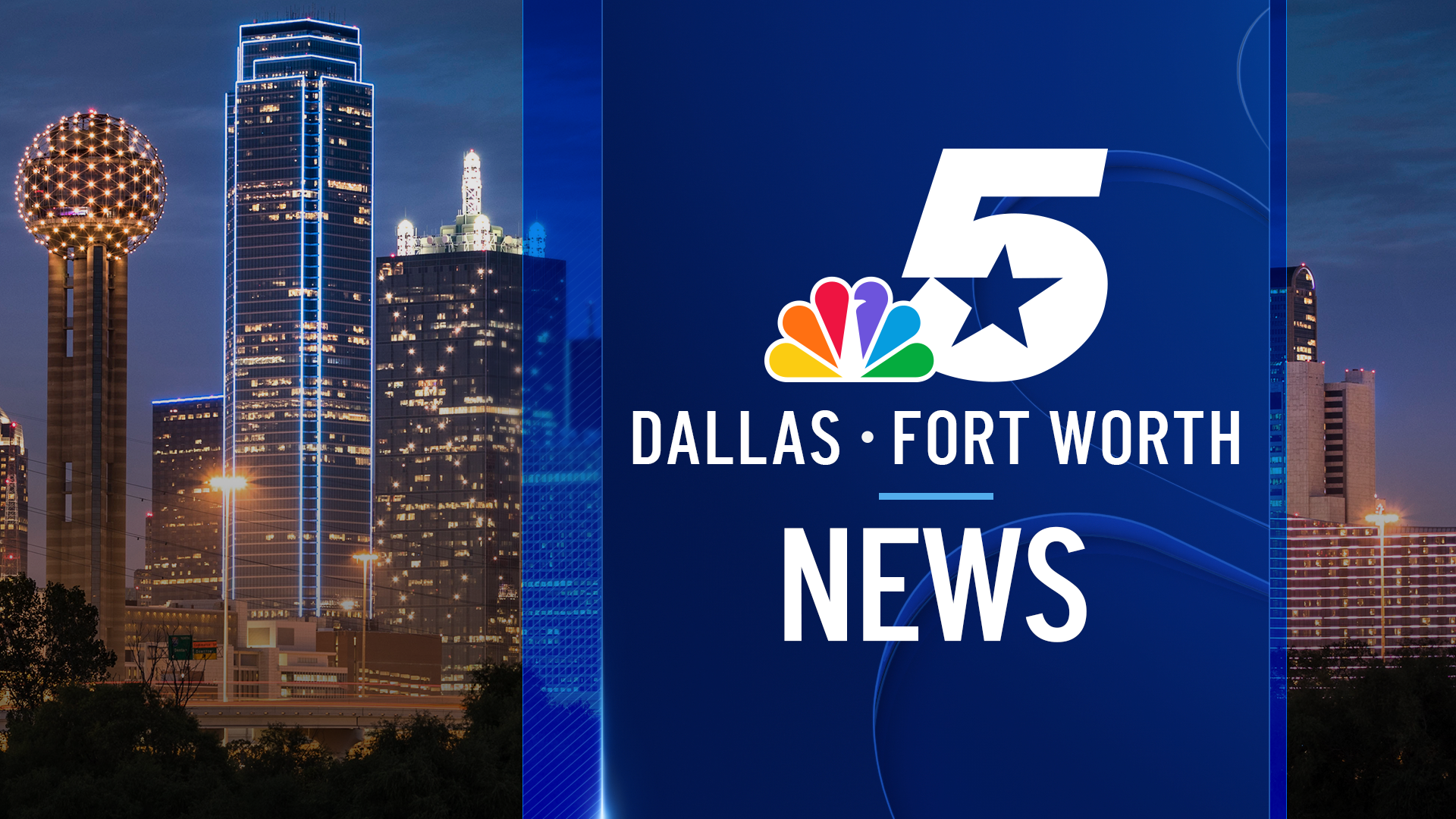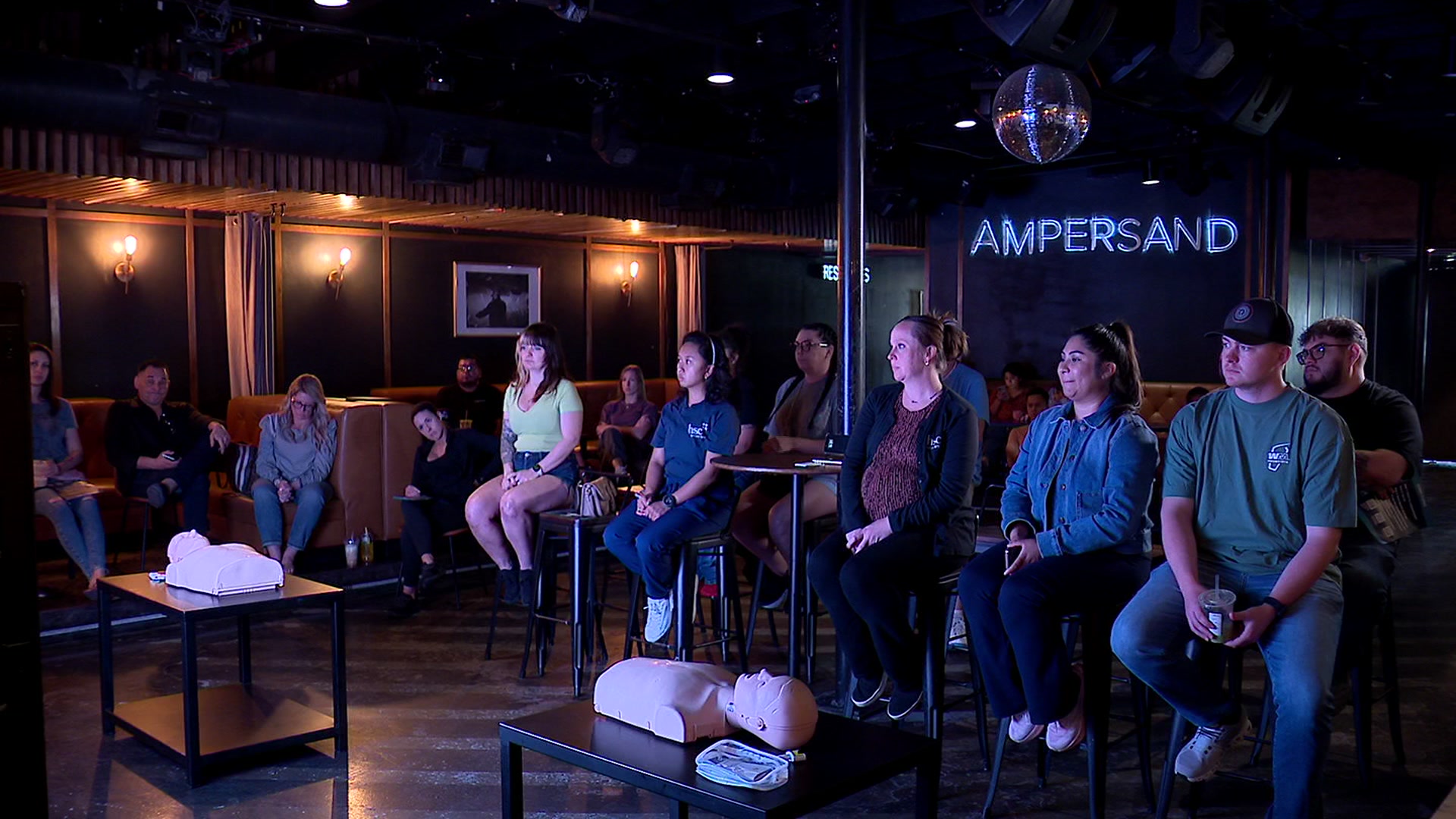A Southwest Airlines flight bound for Branson touched down at a much smaller Missouri airfield that gave the pilots only half as much room to stop and take off. The passengers arrived in Dallas on another flight and the plane arrived at Love Field Monday afternoon.
The pilots of a Southwest Airlines flight that mistakenly landed at the wrong Missouri airport were grounded Monday, less than a day after they touched down at a small airfield that gave them only half as much room as normal to stop the jet.
Meanwhile, following a thorough inspection, the 737 aircraft departed M. Graham Clark Downtown Airport at about 3 p.m. Monday bound for Tulsa. The airline said that once the plane lands in Tulsa, it'll be refueled and returned to service.
Meanwhile, the airline said the pilots are on paid leave pending the conclusion of the internal and federal investigation, which is normal procedure. The airline then went on to thank those involved Sunday night.
"We want to, again, thank responders and Branson Airport Administrators for joining in the work with our ground operations staff to immediately take care of our Customers and their baggage last night. We have since reached out to each Customer directly to apologize, refund their tickets, and provide future travel credit as a gesture of goodwill for the inconvenience," said the airline in a statement Monday afternoon.

Southwest said the captain has been with the airline for 14 years and that, combined, the captain and first officer had 26 years with the company.
After passengers were let off the plane Sunday evening, they noticed the airliner had come dangerously close to the end of the runway, where it could have tumbled down a steep embankment if it had left the pavement.

"As soon as we touched down, the pilot applied the brake very hard and very forcibly," said passenger Scott Schieffer, a Dallas attorney who was among the 124 passengers aboard Southwest Flight 4013 from Chicago's Midway Airport to the Branson airport. "I was wearing a seatbelt, but I was lurched forward because of the heavy pressure of the brake. You could smell burnt rubber, a very distinct smell of burnt rubber as we were stopping."
Branson Airport has a runway that is more than 7,100 feet long -- a typical size for commercial traffic. The longest runway at Taney County Airport is only slightly more than 3,700 feet because it is designed for small private planes.

After the jet stopped, a flight attendant welcomed passengers to Branson, Schieffer said. Then, after a few moments, "the pilot came on and said, `Ladies and gentlemen, I'm sorry to tell you we landed at the wrong airport."'
At first, Schieffer said, he considered the mistake only an inconvenience. But once he got off the plane, someone pointed to the edge of the runway, which he estimated as about 100 feet away.
"It was surreal when I realized we could have been in real danger and instead of an inconvenience, it could have been a real tragedy," he said.
Local
The latest news from around North Texas.
Mark Parent, manager of the smaller airport also known as M. Graham Clark Downtown Airport, described the distance as closer to 300 feet. He said the runway is built partly on landfill. At the end there is a "significant drop-off," with a ravine beneath it, then busy U.S. 65 on the other side.
He said a Boeing 737 had never landed at the small airfield, which opened in 1970 and normally handles light jets, turboprops and small aircraft for the charter, corporate and tourism markets.
No one was around at the airport when the Southwest flight landed. Airport staffers had gone home about an hour earlier but were called back after the unexpected arrival, Parent said.
Brad Hawkins, a spokesman for Dallas-based Southwest, said everyone aboard the jet was safe. He did not know why the plane went to the wrong airport.
Federal Aviation Administration spokesman Tony Molinaro said the agency was investigating, but he declined to elaborate.
Jeff Bourk, executive director of Branson Airport, said the Southwest pilot was in communication with the airport tower, which cleared him to land around 6 p.m. The plane touched down a few moments later at the other airport.
Skies were clear at the time, with the temperature in the 50s, Bourk said.
Passengers were loaded on buses for the 7-mile trip to Branson. Southwest brought in another plane for passengers flying on to Love Fiend in Dallas. That flight departed around 10 p.m., Bourke said.
Hawkins said the aircraft involved in the mistaken landing should be able to take off from the smaller runway, though it was not clear when that would occur.
The minimum runway length needed to take off varies depending on a plane's weight, the temperature and other factors. Based on Boeing documents, a lightly loaded 737-700 can take off from a runway about the length of the M. Graham Clark airport.
Parent said he had no doubts that the plane would be able to take off safely.
Instances of commercial jets landing at the wrong airport are unusual, but not unheard-of, according to pilots and aviation safety experts. Usually the pilots are flying "visually," that is, without the aid of the autopilot, in clear weather.
The instances also typically involve low-traffic airports situated close together with runways aligned to the same or similar compass points.
"It's unlikely that you would have this problem between JFK and LaGuardia or Newark and LaGuardia," said former National Transportation Safety Board member John Goglia, referring to three New York-area airports. "They are too busy. The airplanes are under total air traffic control until they come down to about 500 feet."
Wrong-airport landings have been happening about twice a year for the past several years, Goglia said. Safety experts believe there are many more instances of planes that almost land at the wrong airport, but the pilot realizes the mistake and aborts the landing in time.
In the Missouri case, a key question for investigators will be why the second Southwest pilot, who was not flying the plane, did not catch the error in time to prevent the mistaken landing. Typically, the pilot not flying the plane is supposed to be closely monitoring navigation aids and other aircraft systems.
Previous Incidents
Sunday's event was the second time in less than two months that a large jet has landed at the wrong airport.
In November, a Boeing 747 that was supposed to deliver parts to McConnell Air Force Base in Wichita, Kan., landed nine miles north at Col. James Jabara Airport. That plane was flown by a two-person crew and had no passengers. After much discussion, the 747 "Dreamlifter" was able to take off on a short runway and head to its original destination.
Last year, a cargo plane bound for MacDill Air Force base in Tampa, Fla., landed without incident at the small Peter O. Knight Airport nearby. An investigation blamed confusion identifying airports in the area, and base officials introduced an updated landing procedure.
The airline announced last month that it would end service in June in Branson, Key West, Fla., and Jackson, Miss., because it can't make money in those smaller markets.



